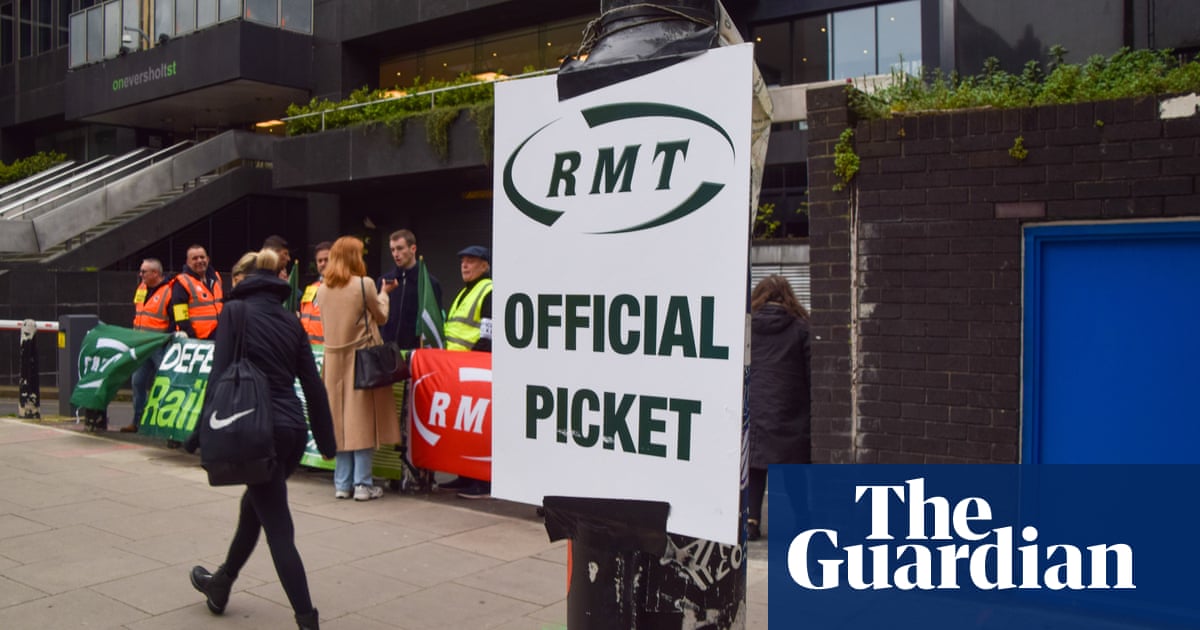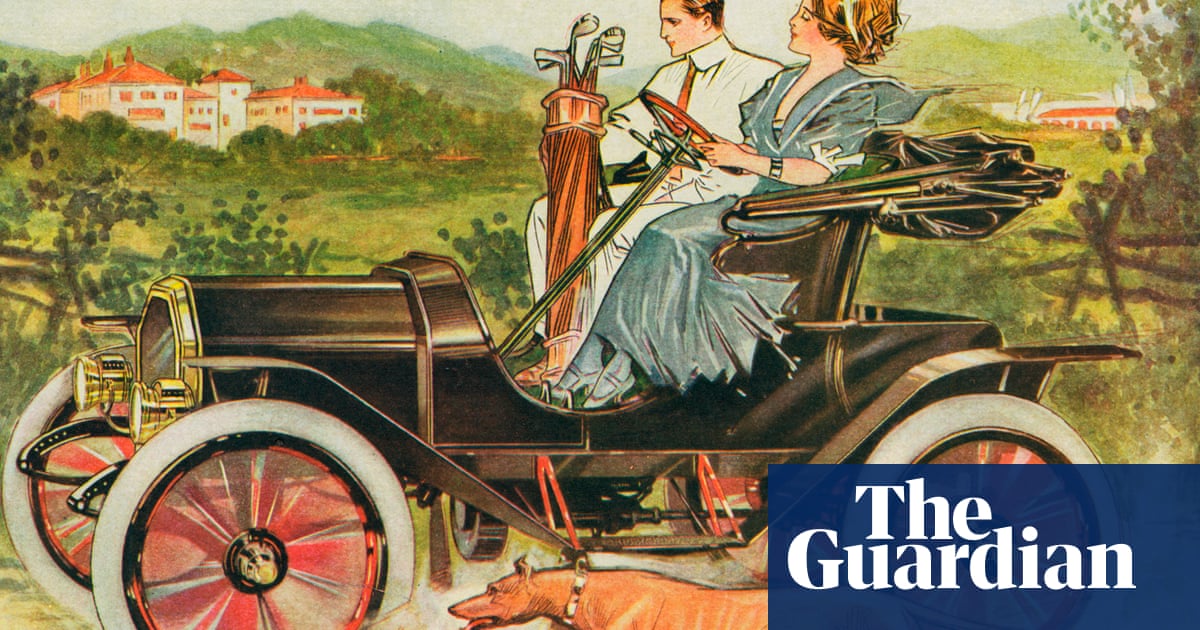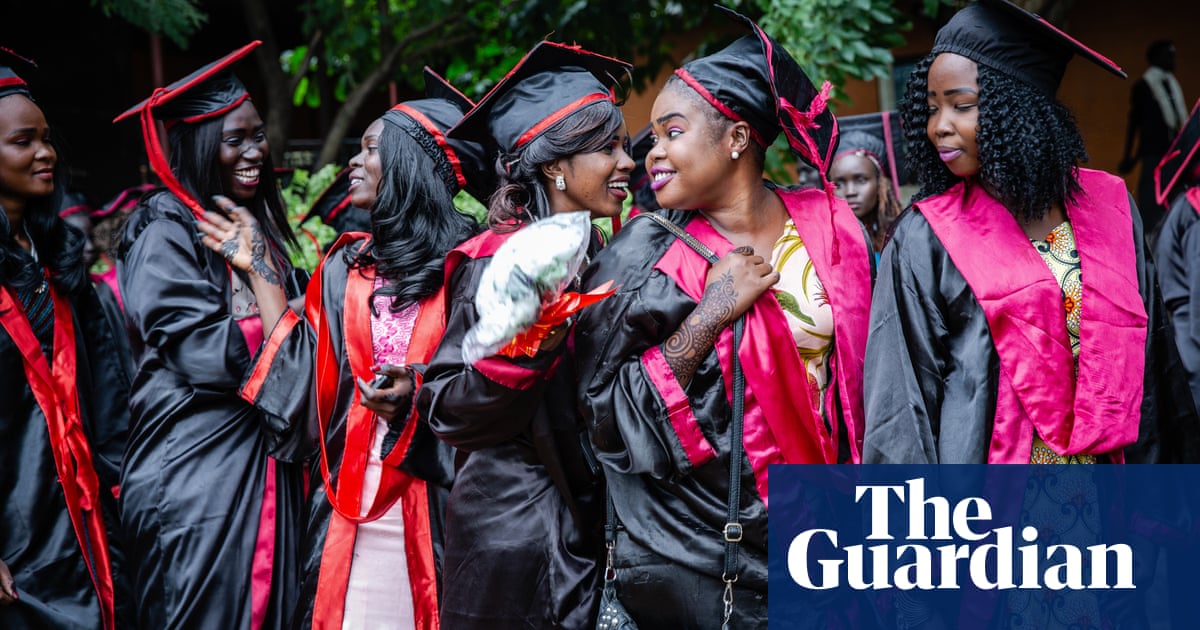
Munich, based on the Robert Harris novel, is a German-British TV production that was filmed in Germany and subsequently in England in late 2020. I was invited to join the crew as an on-set stills photographer for the UK leg of shooting.
We started in Liverpool, which was doubling for 1930s London. The historic Liver Building, which stood in for Gotham city in the forthcoming Batman movie, made a very convincing Whitehall. The production later moved south to Amersham in Buckinghamshire where we shot in historic houses used as sets for Chequers and Downing Street.
At this point in the pandemic, England was in tier four, which made for a strange but fascinating experience. After months shielding in London and seeing barely anyone, it was overwhelming to be near so many other people. Overwhelming and at times bizarre when, after so much isolation, I’d suddenly find myself surrounded by more than 100 masked supporting artists in immaculate 30s period dress.
The streets of Liverpool were almost entirely deserted, which meant that the period details, classic cars and authentic costumes made for a convincing illusion.
Part of the budget for the production went into Covid protection,now standard on all film and television productions. We formed a giant bubble. Lateral flow tests were administered every other day. PCR tests every three days. Masks were worn and monitors – the so-called “Covid police” – checked that everyone was maintaining protocols and distance.
The cast, principal actors, and all extras wore masks on set until the final rehearsal and during takes, after which face coverings went back on. Windows and doors were wide open everywhere.
The film’s action is mainly set in late summer and early September but we were filming in an unusually cold, frosty late November and December. The interiors were as cold as the exteriors. One particularly frigid day, in a country house with huge open windows and doors, a “creative” decision was made, partly by the poor actors in their 30s suits (with crew in North Face and thermals) to the effect that Prime Minister Chamberlain would have had an open fire roaring during his early September cabinet meeting.
The protocols worked and other than the odd heart-stopping false positive lateral flow test, there were no actual cases of Covid during the British leg of filming, despite the large numbers of people involved in some scenes.
The strangest part was what the Covid precautions did to the camaraderie of the production. For Munich, we routinely worked 10- or 11-hour days as part of a tight crew but then went back to the hotel to eat alone in our rooms.
Even so, it was thrilling to be part of such a large creative group.
As the stills photographer I was with the camera department. All of the active camera crew were German, working under director of photography Frank Lamm. Usually, scenes were shot with two cameras, an “A” and a “B” device. For larger scenes, there were up to four cameras, each one accompanied by a focus puller, a microphone boom holder and a grip to make sure cables were clear .
As a stills photographer, I would often try to shoot during rehearsals before each take, but this wasn’t always possible. Actors like to have the set clear and quiet, the better to communicate with the director. That meant for much of the filming I was shooting during the actual take. This entailed trying to fit myself as unobtrusively, respectfully and noiselessly as possible into a space near the camera so as not to be in shot. This meant keeping on the right side of the boom holder so I could crouch next to their chest [their work means they have their arms above their head and are close to the actors]. It’s a good spot but a very tight one and, as the stills photographer, I had to remember I was the least important part of any take. If I messedup, got in someone’s way, or distracted an actor, the I’d be the the easiest person to kick off the set.
I enjoy the challenge of getting the balance between being pushy enough to edge close to the action I want to photograph while being discreet and diplomatic enough to be allowed to do this by the rest of the crew.
There was one big challenge of working with the German camera crew. While they were incredibly welcoming, Frank and the other cinematographer, Niv, operating camera B, along with German director Christian, tended to make very quick decisions, often after the rehearsal, about what the shot would look like. They spoke in German, meaning we non-German-speaking members of the crew had to try to work out where was safe to stand. The nightmare would be being standing in some actor’s way or, God forbid, ruining a whole take by ending up in shot.
The closest I came to disrupting a scene was when we were filming in the freezing fog trying to shoot a late-summer, Downing Street garden scene. I misunderstood the German and nearly found myself directly under Jeremy Irons’s feet. I threw myself under a rhododendron bush and just about got away with it.
The producer of Munich, Andrew Eaton, was also the original producer of The Crown and there are similarities in the attention to period detail and the degree of veracity achieved with props and costumes. Particularly in scenes set in the secretaries’ offices under Whitehall (filmed in an imposing and deserted bank in central Liverpool).
I walked on the set when everyone had broken for lunch and, apart from the odd piece of gaffer tape and the lingering foul smell of theatrical herbal cigarettes, the illusion was total. One really could have been in a 30s government office. Every letter on every desk was addressed and franked realistically. The stationery in drawers was correct to the period. The calendars on desks were set to the correct date. It’s remarkable how much work goes in to this just to create a convincing and absorbing recreation – so that the actors and audience “feel” it. Truly remarkable.
The production used Rochdale town hall, a building chosen by Hitler to be shipped to Germany brick by brick in the event of a successful Nazi invasion of Britain, as a substitute for the Palace of Westminster. Rows of green benches full of picture-perfect supporting artists were dressed and made up to be the MPs on the Tory benches, augmented with green screens that would help the visual FX team insert the rest of the famous chamber.
I’m not often on film sets, but I always love it when I am. To be involved with a production of this size during the extreme strangeness of a pandemic made it all the more memorable.
This article was amended on 14 January 2022. The text and an image caption of an earlier version misidentified Rochdale town hall as “Rochester town hall”.












